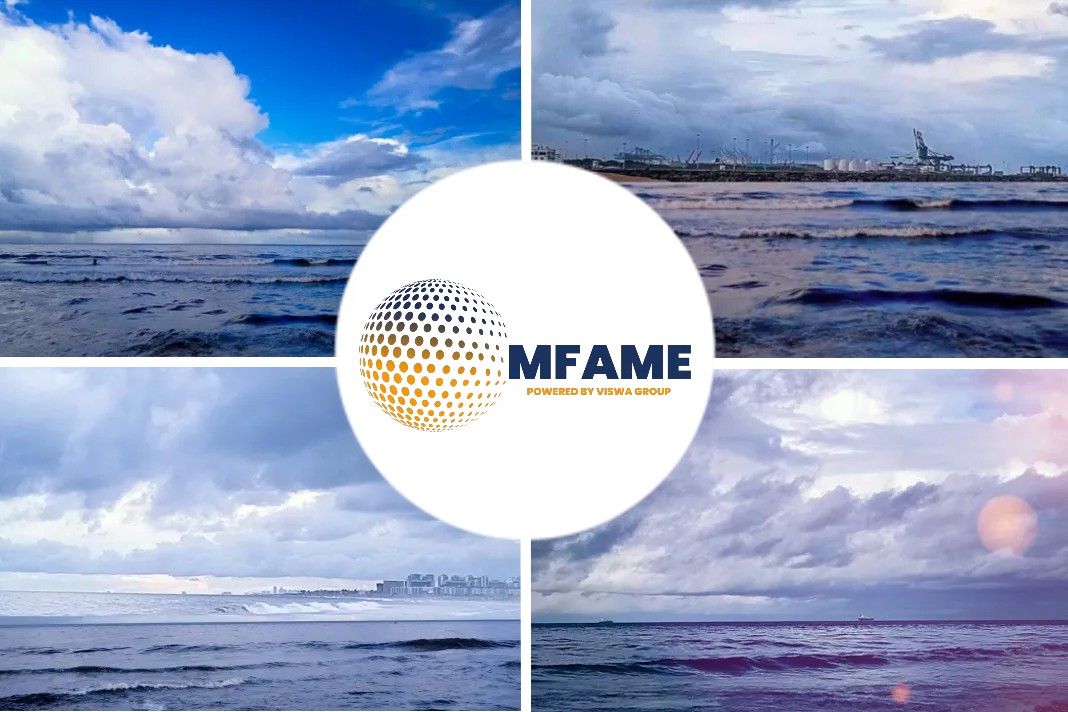Rising inventories in China adds to the 60% price fall in the bulk carrier rates from mid-December.
The Decline
Charter rates for bulk carriers fall, as iron ore exports from Brazil were slow and inventories of the mineral pile up in China.
Iron ore shipment from Brazil, a major iron ore exporter, is declining because of their rainy season. Regular inspections of harbors and mines have also led to reduced exports while more ships demand cargo, according to one ship broker.
China strives to curb air pollution by forcing steel mills to halt operations, a campaign that began in the fall.
Chinese manufacturers were increasing imports of ore with high iron content to raise production efficiency, but severe winter condition has slowed down shipments of steel for infrastructure projects and buildings.
China’s port has the highest stocks of iron ore, with a capacity of 150 million tons. “Amid rising steel inventories, a slump in iron ore demand is affecting shipping,” said Tramp Data Service, a maritime data company.
Charter rates
The charter rate for a benchmark capesize ship, which has a cargo capacity of about 180,000 tons, has dived down 40% since early January and now costs around $12,300 per day on an average along major ship routes. It is a 60% drop from the high water mark set in mid-December, and is a five-month low mark.
Freight rates are a direct descendant of charter rates and has have dropped by more than 30% for shipping iron ore from Brazil to China, since early December to roughly $14 a ton.
Remarks
The charter rates are still relatively high compared to the corresponding period last year, which hovered around an average of $10,000.
“The market tends to move down in the January-March period. But there are many factors that will likely boost it down the road, including the fact that undelivered orders for new ships are relatively few,” said Atsuo Asano, a managing executive officer at Japanese shipper Kawasaki Kisen Kaisha.
Did you subscribe for our daily newsletter?
It’s Free! Click here to Subscribe!
Source: Nikkei Asian Review


















